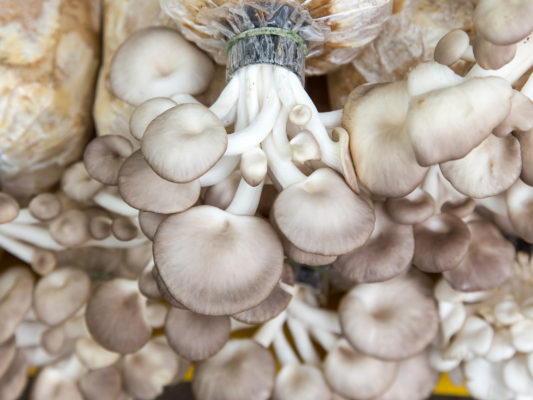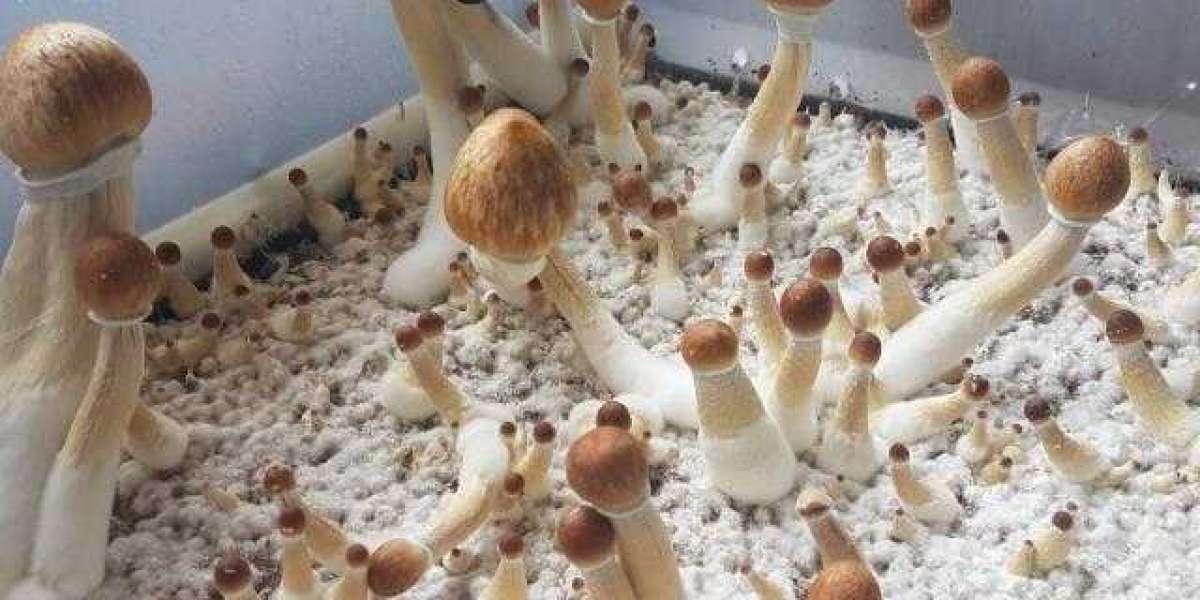Cultivation of mushrooms is an exhilarating hobby that has become very trendy over the last few years. Whether you are a starter who has just entered this fantastic mushroom world or are an old enthusiast looking to produce more mushrooms, proper mycology supplies are something that makes all the difference in successfully cultivating mushrooms. This article will take you through some basic supplies that you need for getting started, while guiding you on some tips concerning the best available products according to your requirements.
Understanding Mycology
Before jumping to the mycology supplies, it would be wonderful to know exactly what mycology entails. Mycology is the subsection of biology, with regards to genetics and biochemical properties, taxonomy, and their utilization in different applications. Fungi form the integrative part of an ecosystem since they help in cycling nutrients and break down organic matter. They can also be used for food, medicine, and bioremediation in nature. The cultivation of fungi, particularly mushrooms, has been an activity since ancient days and still progresses with the latest techniques and technologies available.
Importance of Quality Mycology Supplies
The appropriate equipment and supplies in the quality mycology sector should be used in order for the successful accomplishment of a cultivation process. Implications for contamination, low yield, and even failure in the execution of a cultivation project would emerge from low-quality supplies used. This makes the appropriate choice to lead to a controlled environment with fungus growth, chances for contamination decreased, and yields of high quality.

Some essential equipment that every mycologist must consider:
- Sterilisation Equipment
Sterilization in mycology is required since fungi are prone to contamination with molds and bacteria. You would require the equipment to sterilize both the growing environment and materials if you want to grow successfully.
Pressure Cooker: This equipment should be utilized during the sterilization process of the substrates as well as other tools used at inoculation. This is based on the fact that the apparatus gives a high temperature, which might kill the nasty spores as well as the bacteria.
Alcohol Lamp or Bunsen Burner: This is a form of aseptic inoculation. It kills both the bacteria on the equipment and the environment, and this minimizes the spread of contamination.
- Substrates
Substrate is the material on which the mushrooms can grow. Different species require different substrates, so the right substrate needs to be selected for the desired species.
Grain: Grains used include brown rice, rye, and millet. Grain is a common medium for spawning because it has a lot of nutrient for the mycelium.
Saw Dust: Saw dust is added in wood-inhabiting species such as shiitake. It can be mixed with other materials to fully harness its nutritional value.
Straw: Straw is primarily applied in species such as oyster mushrooms. It is cheaper and also pasteurized to make it safer to use.
Coco Coir: It is a natural fiber coming from coconut husk, and coco coir is an excellent substrate for most varieties of mushroom, particularly when it is mixed with other substrates.
- Growing Containers
Grow containers depending on the type of cultivation method you will use.
Mason Jars: Best for grain spawn, these are sterilizable and convenient to handle.
Grow Bags: These are good for mass substrates and aeration is easy without chances of contamination.
Plastic Containers: Some growers opt for plastic bins or containers for large operations, especially when growing species that need more substrate.
- Inoculation Tools
Inoculation is the process of introducing mushroom spores or mycelium into the substrate. It will be essential to use proper tools so that there is no contamination.
Syringes: Sterile, filled with spore solution for inoculation in the jar or bag.
Inoculation Loop: Transfer mycelium from one medium to another, for example, from agar plates into grains, etc.
Gloves and Masks: PPE decreases the chance of contamination while inoculation.
- Humidity and Temperature Control
Mushrooms grow with some specific values of moisture and temperature, hence environmental control provision.
Humidity Tent or Chamber: Humidity control is essential and especially during the fruiting stage. You may go for a simple plastic tent or spend more on an elaborate humidity chamber.
Thermometers and Hygrometers: Such monitoring devices monitor temperature and humidity conditions to keep track of the perfect in cultivation.
Heats mats: For those mushroom species that love warm temperatures, there is a need to use heating mats to keep warm the incubation stage.
- Lighting
Even though most mushrooms do not grow well in light, at the fruiting stage they are very essential.
Grow Lights: These lights are usually with the right spectrum of emitting light for mushroom growth. Select lights with minimal heat emission so that you don't dry out your substrate.
- Harvesting Tools
When your mushrooms are ready for picking, it's harvest time. You would want the correct tools to be able to pick your crop without damaging the mycelium.
Sharp Knife or Scissors: It really matters to have a clean cut when picking mushrooms. You can use a sharp knife or scissors so not to cause damage to mycelium around the cut portion.
Baskets or Boxes: Collect immediately in baskets or boxes after picking for air ventilation and prevent bruising.

- Nutritional Supplements
Nutritional supplements would be helpful for those individuals who want to increase their production of mushrooms.
Gypsum: Addition of gypsum in the substrate might improve its structure and nutrient content.
Bran: Brains from wheat or rice can be added for nutrition-rich substrates that boost healthier growth of mushrooms and induce it more quickly.
- pH Testing Kits
pH Contents can have a sharply opposite effect on mushroom growth. High pH or low pH prevents the cultivation process completely.
pH Strips or Meters: To measure and control the pH level of your substrate to be maintained at just the right amount concerning the mushroom species you have chosen for spawning.
Conclusion
Other people say that the field of mycology is of great potential but at the same time is of great difficulty. As long as you know the right tools of mycology and all the requirements that are needed for your chosen mushroom type, you will then be able to create the right environment for fungi to grow properly.
Never forget attention to the maintenance of a sterile environment, correct substrates, and monitoring of the conditions for growing them. Through practice you may try different techniques and supplies on to increase cultivation. You can be satisfied with the pleasure your handiwork produces: delicious and healthy homegrown mushrooms.
As you prepare for your mycology adventure, keep in mind that the substrate for mushrooms is one of the most crucial elements in this process. Choosing the right substrate will significantly impact your success and enjoyment of cultivating mushrooms.














